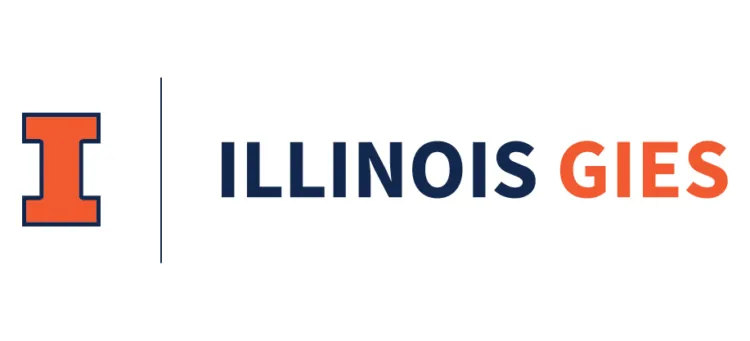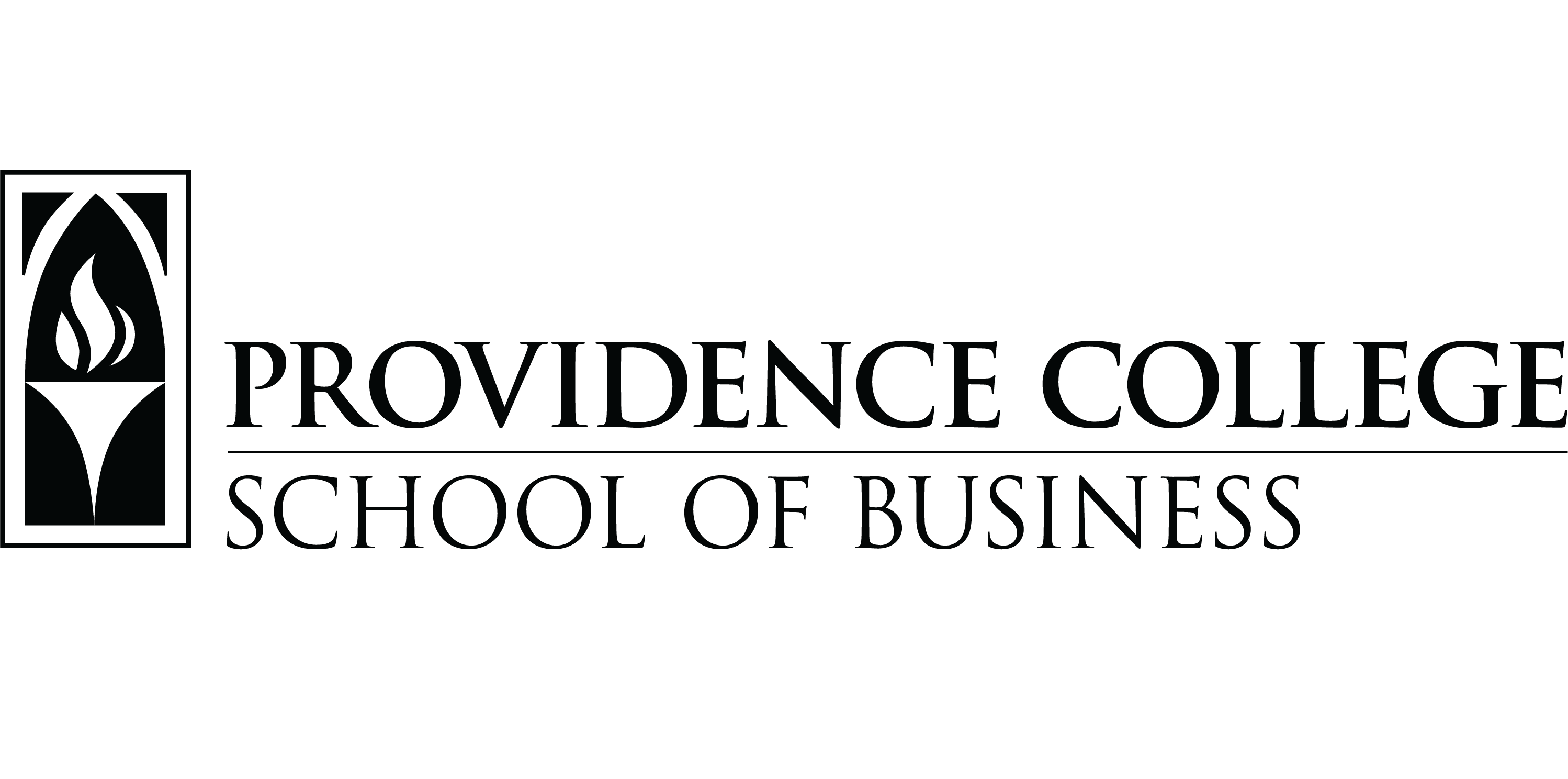
There’s no way around it. There’s no perfect way of measuring the quality of a business school.
Business schools are very complicated. While many share some commonalities, the truth is, many of the schools ranked in our seventh annual Poets&Quants’ Best Undergraduate Business Schools are very different.
Still, we believe that the quality of business education generally comes down to three core issues: the quality and backgrounds of the talent coming through the door; what a school does with that talent over four years; and how the marketplace responds to the graduates. In other words: How promising are the incoming students? What is their view of their own academic experience? And what career outcomes are achieved by the graduating class?
Admissions and career data comes from a school survey that each school completed between June and December of 2022. The academic experience data comes from an alumni survey, also administered between June and December of last year. This year we surveyed students graduating between July 1, 2019 and June 30, 2020, or the Class of 2020.
And that is exactly the approach we take in what we sincerely believe is the best ranking of undergraduate business programs currently available. This year, we ranked 92 business schools in the U.S., down from 94 schools last year (and slightly down from the most schools we ranked, which was 97 in 2020), but exactly the number of schools we ranked in 2021.
SEVERAL DEANS ASKED US TO CREATE THE RANKING
In the world of undergraduate business education, there is only one other undergraduate B-school ranking that matters: U.S. News & World Report. The U.S. News list, however, is merely a subset of data from its overall university rankings — a popularity contest based solely on a poll of deans and senior faculty members, most of whom have little to no knowledge of the programs at rival schools. Asking deans to rate other schools is less a measure of a school’s reputation than it is a collection of prejudices partly based on the self-fulfilling prophecy of U.S. News’ rankings.
As in other years, in creating our 2023 ranking of undergraduate business schools, Poets&Quants invested significant time and effort into putting together an approach that was both fair and thorough. We equally weigh admission standards, the full academic experience, and employment outcomes from data that is specific to each business program — not the overall university to which it is attached. That is an important distinction, because gathering such information as average SAT scores and starting salaries and bonuses, among other things, is not readily available anywhere else. Admission standards, an assessment of the academic experience, and employment outcomes of a business program are critical factors in the quality of the educational experience. Excluding any one of them would result in a disingenuous effort to rank the very best schools.
Like last year, we included all schools that submitted school surveys. In previous year’s we’ve not included schools that failed to meet a minimum 10% alumni response rate. Of the 92 schools ranked this year, 80 met the minimum 10% response rate, three less than last year, our second-highest ever. In the past, schools that did not meet the minimum response rate did not have any alumni data included, which significantly lowered their ranking. To help mitigate those fluctuations and reward schools for the alumni data they were able to gather, we included last year’s alumni data for all schools that met the minimum response rate and we included this year’s data on a sliding scale based on response rates. For example, if a school had a 10% or higher response rate, it got the full amount of its alumni data. But if a school had a 9% response rate, it’d only get 90% of its alumni data.
Overall, of the participating schools, 54,978 alums had the opportunity to provide responses to the survey about the academic and co-curricular experience of their higher education. Of those, 5,527 responded for an overall response rate of 10.05%.
ADMISSIONS STANDARDS (33.3%)
A vital factor in judging any higher education effort is the quality of the incoming students. After all, a tremendous amount of learning — both academic and social — occurs as a result of the quality of your classmates. We agree with that old cliche about playing a sport with people who are equal to or better than you. If you play with someone you can always beat, you’ll never reach a level of personal excellence.
Coronavirus and a changing admissions landscape have led us to alter our admissions standards category a bit for the second time in seven years. (Last year was the first change to the category.) Like last year, only 10% of weight within the admissions category was given to average SAT scores. Also like last year, acceptance rate was given a weight of 30%. But here’s where significant changes were made this year. After including the average high school GPA of the latest enrolling class and giving it a 15% weight, we removed it — based on feedback from school administrators and deans — and replaced it with diversity data from the entering Class of 2022. We averaged the percentage of first-generation college students, underrepresented minorities, international students, and women to create an overall diversity average and weighted it 15%. The average percentage of 2020 graduates reporting to be a National Merit Scholar finalist or semifinalist in our alumni survey was given 15% weight like last year. And the remaining 30% was given to the percentage of 2020 graduates that reported finishing in the top 10% of their high school class.
In several instances, prospective students must pass two hurdles to get into a business school program: First, the university admissions standards and then the business school’s own admissions criteria. We used both acceptance rates to calculate the actual odds of admission for students entering a two-year business program in their junior year. This data was gathered through a survey that was completed by all 92 schools, asking for data on students entering during the fall of 2022, except for the top 10% and National Merit Scholar data, which came from the alumni survey of the Class of 2020.
No study of undergraduate business programs would be complete without an assessment of the academic and extracurricular elements of the educational experience. So we sent surveys to alumni of each school to determine how satisfied they were on every level of that experience. When we first designed the ranking’s methodology, deans from various business schools suggested we choose alumni who had been away from their schools for two years. That would give them ample time to road-test their education, to provide an accurate assessment of how well-prepared they were for the world of work.
Our survey asked 17 core questions of graduates, each rated on a one-to-ten scale of satisfaction (weighted 80%). For the full list of questions and the graded results, see “Report Card Article.” We also asked alumni whether they had a “significant experience,” defined as a major consulting project, thesis, or other program feature instrumental to their professional development, or a meaningful global immersion (weighted 10%). Lastly, we asked if their first jobs after graduation were in their desired industries and companies (weighted 10%).
Again, the main difference in this year’s methodology compared to the previous six is we included two years’ worth of alumni data (this year and last year), and we awarded schools their alumni data based on a sliding scale reflecting their alumni response rates. For example, a 10% or higher response rate earned 100% of alumni data, a 9.43% response rate earned 94.3% of the total alumni data, a response rate of 7.36% earned 73.6%, and so on.
EMPLOYMENT OUTCOMES (33.3%)
Students who go to business school expect to get a job not long after graduating. Summer internships are a key way to open the door to a full-time job opportunity. Again, this year we included the average of the past two years of data from graduating students. So our employment outcomes category is based on three metrics: the percentage of the latest graduating class (the Class of 2021 and 2022) to gain jobs within 90 days of graduating, weighted 50%; the average salary and bonus for the latest 2021 and 2022 graduating classes, adjusted by the percentage of graduates awarded a bonus, weighted 30%, and finally, the percentage of the Class of 2021 and 2022 that had internships before their senior year, weighted at 20%.
THE FINAL RANKING
The results of all three categories measured were then combined equally to determine an overall ranking. In each category, index scores were created to give credit to one school’s lead over others. We publish the numerical ranking with underlying index scores so that readers can determine how useful an actual ranking could be in relation to the other schools on the list. It’s important to note that there are nearly 700 undergraduate business programs accredited by the AACSB. The business schools singled out in our debut ranking are all extraordinary, each in the top tenth percentile of accredited schools.
Ultimately, this ranking and the mountains of data we are publishing is an effort to more fully inform prospective students and their parents to make the best educational decisions possible.
DON’T MISS: P&Q’S BEST BUSINESS SCHOOLS OF 2023 or REPORT CARD: HOW 2020 GRADUATES GRADE THEIR B-SCHOOL EXPERIENCE










